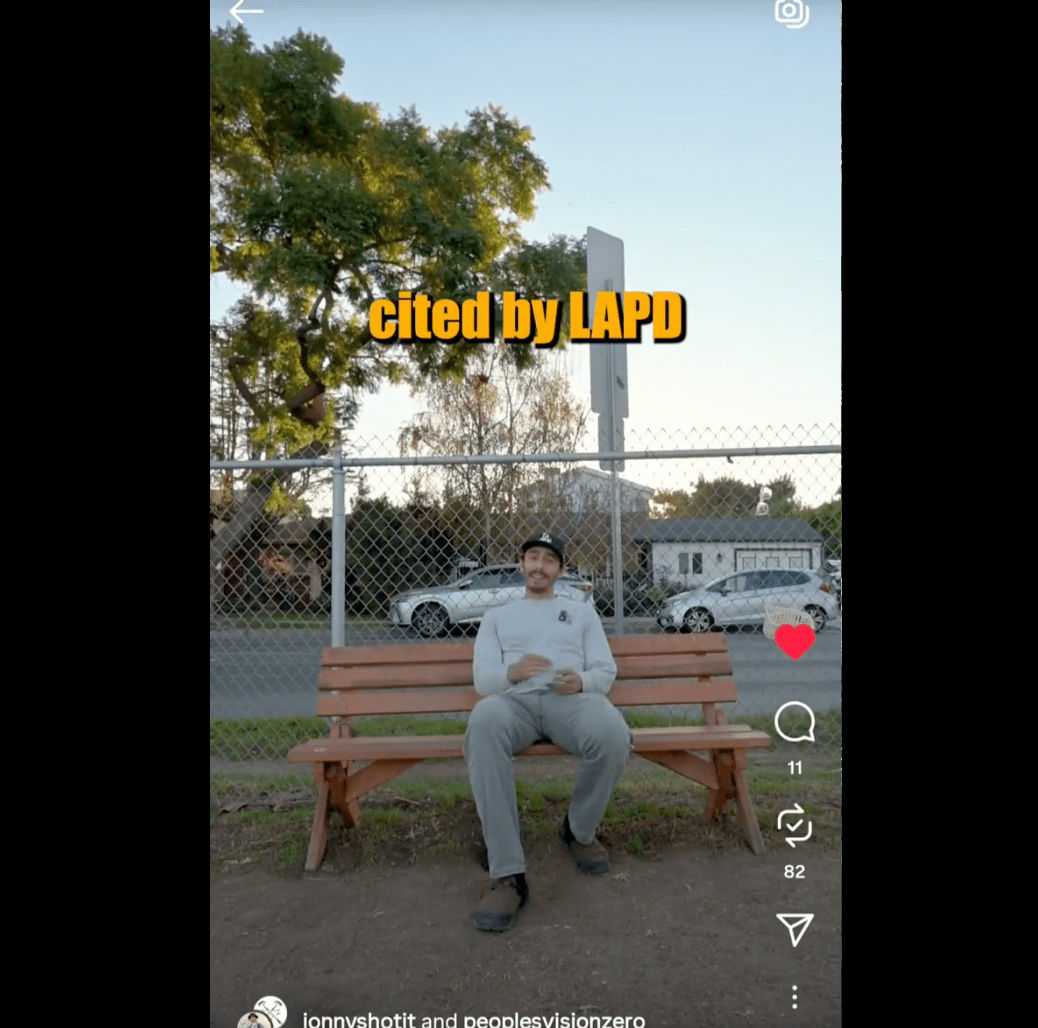
SR-710 in Pasadena will cost between $3.2 billion to $5.6 billion. Map: Caltrans
A proposal to drill a pair of highway tunnels is the most expensive, most polluting, least effective option for solving the San Gabriel Valley’s transportation problems.
A highway linking I-710 from Alhambra to I-210/ SR-710 in Pasadena was first proposed in the late 1950s. Ever since, efforts to build the highway have run into obstacles including insufficient funding, high environmental impact, and community objections.
In 1998, a proposal to build an eight-lane highway got so far as to receive final federal approval. That, too, was halted by concerns about environmental protection and historic preservation. The project saw renewed life in 2008 when Los Angeles County voters approved Measure R, a half-cent sales tax increase over the next 30 years, slated to raise $40 billion to be spent on a wide range of transportation projects. The majority -- 65 percent -- of that money was dedicated to improve the region’s transit system, including expanding bus and rail service Among the projects included in the plan was a “SR 710 Gap Closure” project to connect the northern and southern spurs of the 710, which was allocated $780 million.
A study released in March 2015 by the California Department of Transportation and the Los Angeles County Metropolitan Transportation Authority (Metro) identified four problems with the local area’s transportation system: it is inefficient, freeways are congested, local streets are also congested, and the area is poorly served by transit.
The report studied four major options for addressing these problems:
- Transportation System Management/Transportation Demand Management: making improvements in surface streets and traffic signals to smooth traffic flow, and upgrading bus service and bicycling/ pedestrian paths to reduce the need for individuals to drive.148 This option was slated to cost $105 million.
- Bus Rapid Transit (BRT): Significantly upgrading transit service in the area with additional buses, additional bus routes, and dedicated bus lanes during peak traffic hours. This was expected to cost $241 million.
- Light Rail Transit (LRT): Building a new light rail line from the East Los Angeles Civic Center to the existing Fillmore station on the LA Metro’s Gold Line, plus adding feeder bus routes and boosting frequency on existing routes to improve access to the stations built along the route. The projected cost of that project, which included boring two 4.5-mile train tunnels, is $2.4 billion.
- Freeway Tunneling: Boring one or two double-decker tunnels from I-710 in Alhambra, north of I-10, to SR 710 just south of the I-210/SR 134 interchange in Pasadena. Various options have been considered for charging tolls to some or all vehicles; possible restrictions on truck traffic are also under discussion, as is the possibility of adding an express bus route using the tunnel system. Boring one tunnel would cost $3.2 billion; the two-tunnel variant would cost $5.6 billion.
The tunnel option would cause the most pollution of all the options, both during construction and during regular daily use. In fact, the tunnel would increase global warming pollution because it would boost the area’s vehicle-miles traveled and the number of trips taken beyond what would happen if the tunnel were not built, and would induce demand for both new car and truck traffic.
The freeway tunnel is also likely to be the least effective at solving the area’s transportation problems. Consultants hired by project opponents have reported that the tunnel would cause traffic to get substantially worse around its endpoints. Rather than solving congestion, the tunnel project would simply move traffic congestion from one place to another – specifically, to the tunnel itself and roads leading to and from it.
An analysis of official traffic demand forecasts by NelsonNygaard Consulting Associates found that the tunnel’s hypothetical congestion would be nonsensical, as “traffic would begin [backing up] at 7 a.m. and the queue would get longer and longer during the day. . . . [A]t 7 p.m. the queue would reach 3 hours in length. It would take much longer than 3 hours for such a queue to clear because vehicles would continue to arrive after 7 p.m."
Across the wider area around the tunnel location, very few drivers – between 7 and 13 percent – would see any improvement in their trip duration. Some drivers, on the other hand, would see their trips worsen as a result of the tunnel’s construction.
In the meantime, demand for transit service is growing in the area. Ridership in Pasadena and Alhambra is expected to increase 40 percent from 2012 to 2035, with more people taking more of their trips on transit. The BRT and LRT options could boost transit ridership by an additional 10 percent and the share of all trips that happen on transit by as much as 5 percent in 2035, while the freeway options would do nothing to boost transit ridership.
An alliance of five cities, including Glendale, Pasadena, La Cañada Flintridge, Sierra Madre and South Pasadena, is among those who have called for the Caltrans/Metro report to be scrapped and redone to provide substantive options for addressing the problems the area faces. A coalition of local governments and citizen groups has proposed a $705 million project that would meet many of the communities’ needs at a far lower cost, including expanding transit and investing in bicycle and pedestrian routes.





